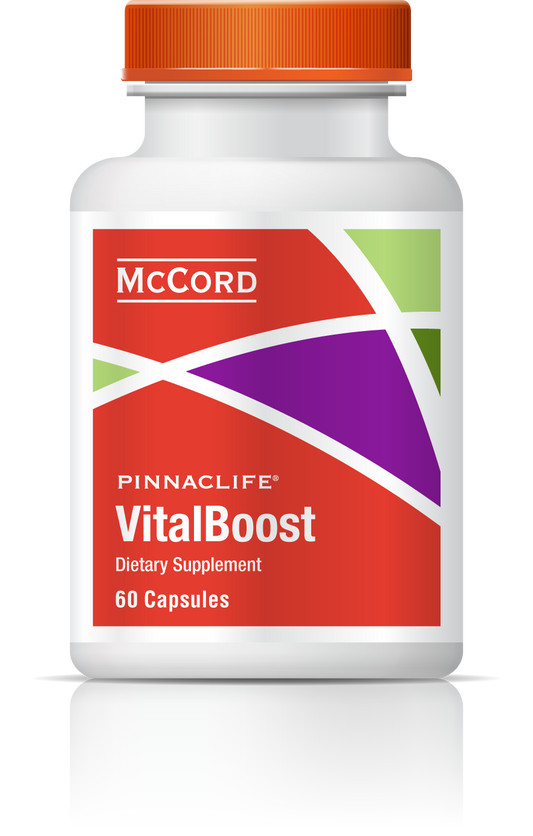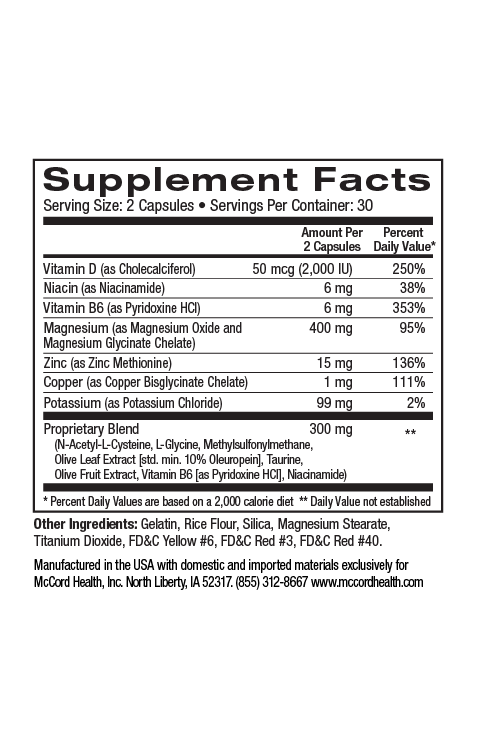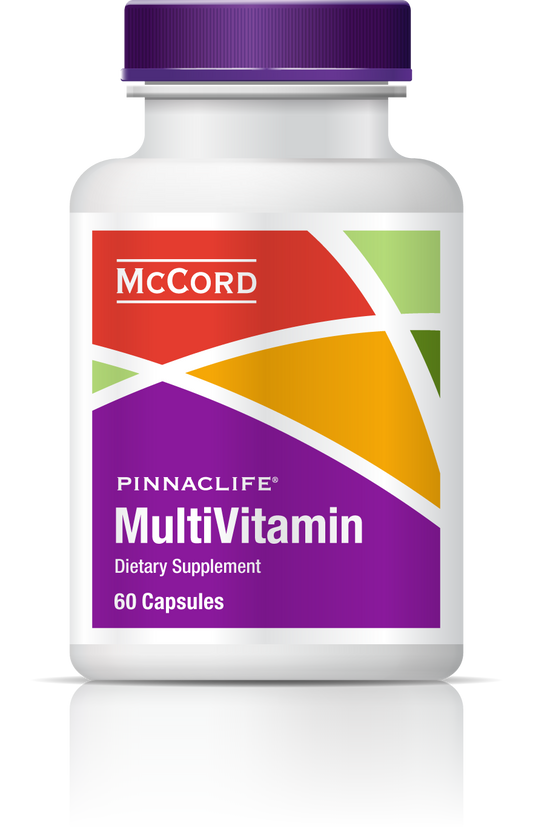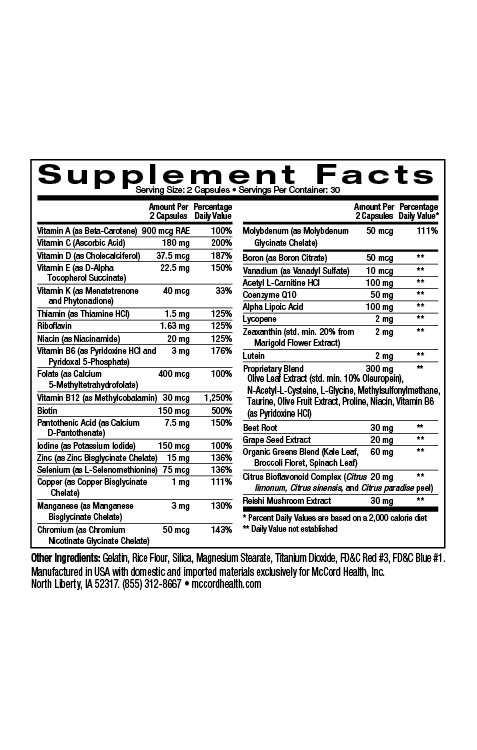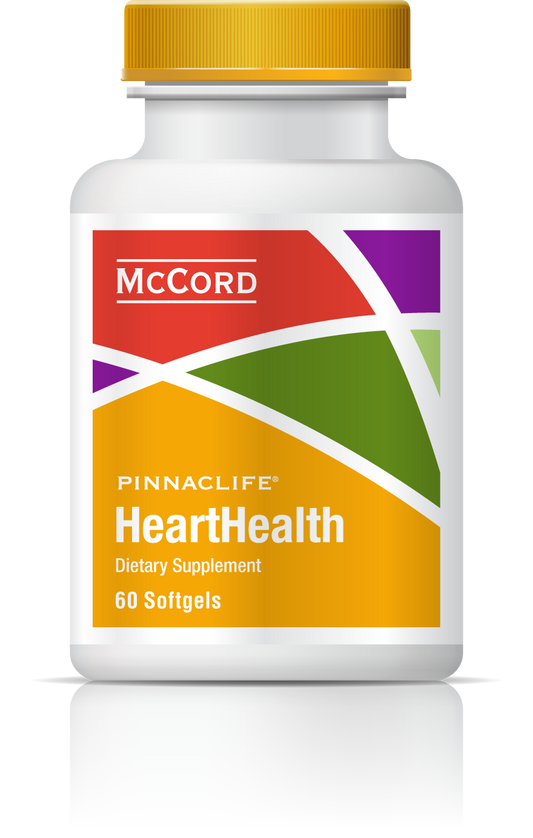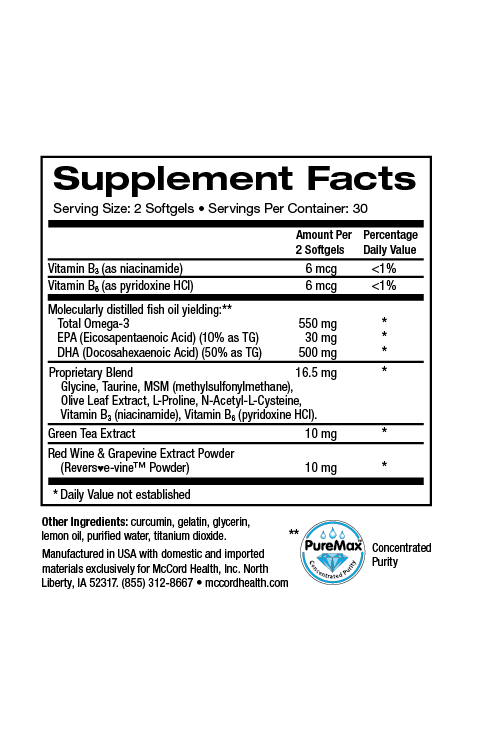Vitamin C is an essential nutrient for skin as well as the rest of the body. It’s absolutely necessary for normal skin and bodily functions, cannot be naturally synthesized in humans and must be provided externally. Skin itself has various critical roles in overall health including protection from dehydration and infection, and its appearance is an important reflection on general well-being.
The epidermal layer of skin is responsible for most of its barrier function and includes many cells, particularly keratinocytes. In contrast, the lower dermal layer is composed mainly of fibroblasts that secrete the major component of the dermis, collagen fibers. In fact, collagen is the most abundant protein in the body and constitutes about 75% of skin.
Due to vitamin C’s substantial skin functions, it’s normally transported to the skin following consumption of a proper diet. However, vitamin C deficiency can result in scurvy characterized by weakened collagen structures, bruising, poor wound healing and impaired immunity. Scientists believe this is due to the major role vitamin C plays as a co-factor for enzymes that stabilize the structure of collagen.
Notably, vitamin C (ascorbic acid) is water-soluble and susceptible to degradation by light and air. An important stable form of vitamin C, ascorbyl-palmitate, is lipophilic (likes lipids), which allows it to associate with skin lipids and penetrate skin. Following penetration, ascorbyl-palmitate is hydrolyzed in the skin to form ascorbic acid and palmitate. Evidence suggests that ascorbyl-palmitate, like other forms of vitamin C, has antioxidant and anti-inflammatory effects.
In addition to ascorbyl-palmitate, Viniferamine® skin and wound care products like Renewal Moisturizer contain other ingredients that are anti-inflammatory including the small molecule polyphenols oleuropein, resveratrol, and epigallocatechin-3-gallate (EGCG) from olives, grapes, and green tea, respectively, as well as the important small molecules, melatonin, and L-glutathione. Moreover, dipotassium glycyrrhizate from licorice, avenanthramides in oats, aloe vera and shea butter possess anti-inflammatory activities.
As mentioned, vitamin C helps stabilize collagen. Vitamin C also promotes collagen synthesis and wound healing. Collagen is vital for its structural role in providing tensile strength to wounds. In addition, collagen modulates critical inflammatory and wound healing processes by binding to receptors that activate other molecules involved in tissue remodeling and repair including metalloproteases (MMPs), cytokines and growth factor.
Improving collagen synthesis is especially important for people who frequently have impaired wound healing including individuals with diabetes, cancer or advanced age. In addition, Viniferamine® skin and wound care products contain other ingredients along with ascorbyl-palmitate that promote collagen synthesis including titrated extract of Centella asiatica (TECA) and aloe vera that also enhance wound healing.
Furthermore, studies indicate that vitamin C increases the proliferation and migration of dermal fibroblasts essential for tissue remodeling and wound healing. In the initial stages of wound healing, neutrophils migrate to the wound site to kill invading microbes. Evidence suggests that vitamin C enhances immune responses including neutrophil microbial killing and clearance by macrophages. In addition, studies have shown that vitamin C promotes the production of barrier lipids and the maturation of keratinocytes suggesting that vitamin C plays a major role in the formation of the skin barrier and protection against water loss.
Oxidative stress that typically leads to inflammation, results from the inability of cells to eliminate free radicals known as reactive oxygen species (ROS) using the natural defense system that includes defense enzymes such as superoxide dismutase (SOD). Vitamin C is a potent antioxidant that can neutralize and remove free radical oxidants including those due to pollution or ultraviolet radiation (UV). Vitamin C also regenerates Vitamin E helping limit oxidative damage to cell membranes.
In fact, Viniferamine® skin and wound care products like Silicone Barrier contain many antioxidant ingredients including oleuropein, resveratrol, and EGCG, as well as melatonin, and L-glutathione. Notably, in a model where MnSOD was deactivated, oleuropein induced MnSOD activity; EGCG has been found to induce MnSOD expression, and resveratrol has been shown to upregulate MnSOD activity.
It’s good to know that Viniferamine® skin and wound care products include ingredients like vitamin C (ascorbyl-palmitate) that are anti-inflammatory, have potent antioxidant activity and that stimulate wound healing. Vitamin C also helps protect against oxidative stress, helps strengthen the skin barrier, and enhances skin immune cell responses against invading microbes.
About the author: Nancy Ray, PhD is the Science Officer at McCord Research. Dr. Ray received her PhD in Biochemistry and Biophysics and was a postdoctoral fellow at NIH, Harvard University and Dana-Farber Cancer Institute, and the University of Iowa. She also earned bachelor of science degrees in Chemistry and Microbiology.
References
Nutrients 2017; 9(1211): 1-25.
Nutrients 2017; 9(866); 1-27.
Clin Dermatol 2001; 19: 467-473.
J Ger Dermatol 1997; 5: 162-167.
Int J Mol Sci 2014; 15: 18508-18524.
Diab Vasc Dis Res 2014; 11: 92-102.
Oxid Med Cell Longev 2012; ID 560682:1-8.
J Pineal Res 2013; 55: 325-356.
Int J Gen Med 2011; 4: 105-113.
Evid Based Complement Altern Med 2012; ID 650514:1-9.
Cell J 2014; 16: 25-30.
ISRN Endicronol 2014; ID 816307: 1-8.
J Am Acad Dermatol 2005; 52: 1049-1059.
Altern Med Rev 2003; 8: 359-377.
Eur J Dermatol 2001; 11: 506-514.
Phytomed 2013; 20: 1088-1094.
Connect Tissue Res 1990; 24: 107-120.
BMC Compl Altern Med 2012; 12: 103-120.
J Clin Aesthet Dermatol 2017; 10(7): 14-17.
Ann Plast Surg 2007; 58: 449-455.
PLOS One 2015; 10: e0115341: 1-18.
Exp Dermatol 2008; 17: 713-730.
J Biol Regul Homeost Agents 2014; 28: 105-116.
Arch Biochem Biophys 2008; 171-177.
Phytochem 2014; 98: 164-173.
Disclaimer: These statements have not been reviewed by the FDA. The decision to use these products should be discussed with a trusted healthcare provider. The authors and the publisher of this work have made every effort to use sources believed to be reliable to provide information that is accurate and compatible with the standards generally accepted at the time of publication. The authors and the publisher shall not be liable for any special, consequential, or exemplary damages resulting, in whole or in part, from the readers’ use of, or reliance on, the information contained in this article. The publisher has no responsibility for the persistence or accuracy of URLs for external or third party Internet websites referred to in this publication and does not guarantee that any content on such websites is, or will remain, accurate or appropriate.

